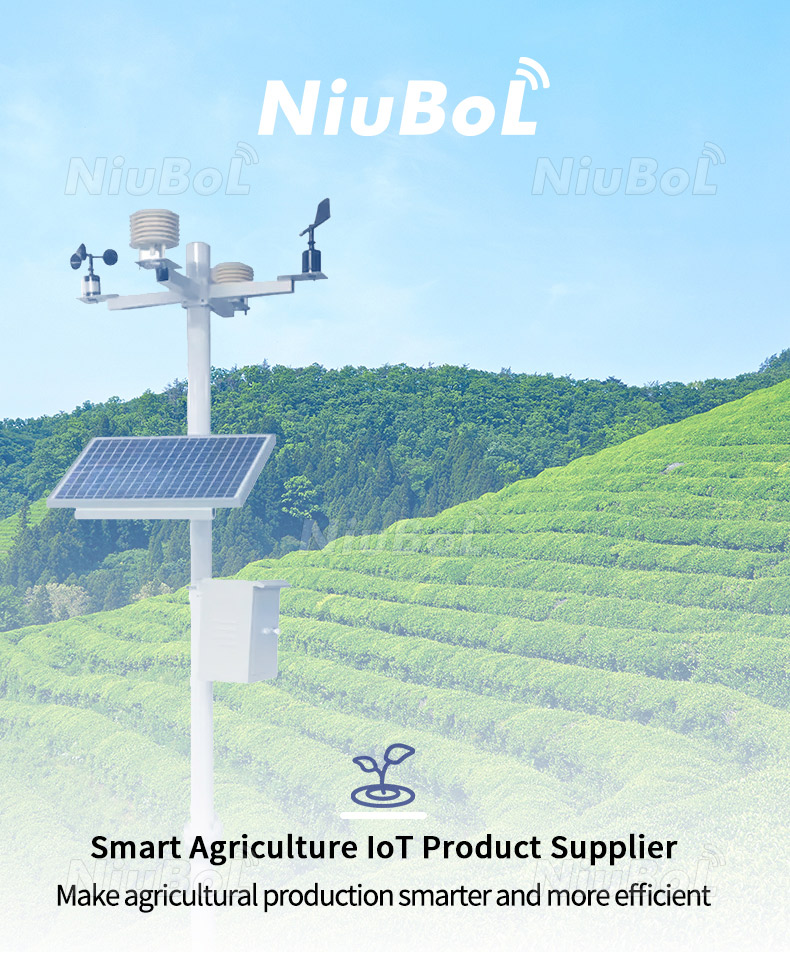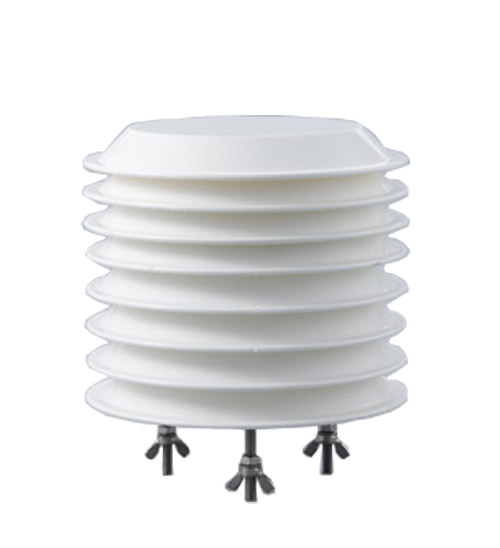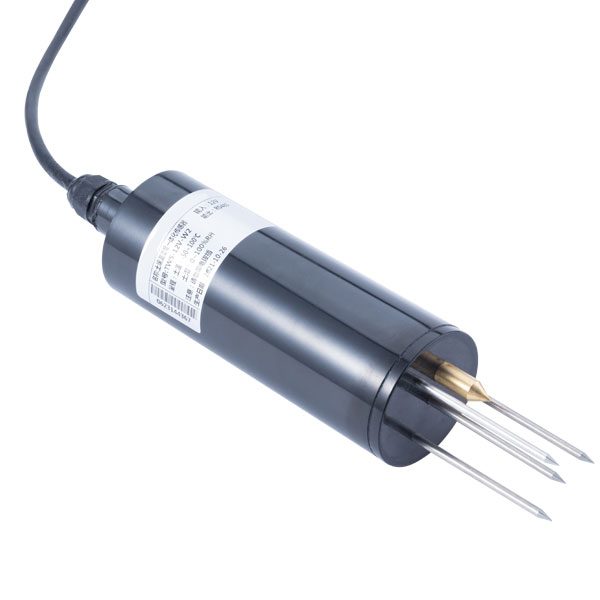

— Blogs —
—Products—
 Consumer hotline +8618073152920
Consumer hotline +8618073152920 WhatsApp:+8615367865107
Address:Room 102, District D, Houhu Industrial Park, Yuelu District, Changsha City, Hunan Province, China
Product knowledge
Time:2022-09-24 09:39:47 Popularity:1421
The role of multifunctional automatic weather station in greenhouse
Greenhouses are mainly used to grow vegetables and fruits and other crops, and use a climate environment created by agricultural facilities such as plastic greenhouses, solar greenhouses, and multi-span greenhouses in winter. It has been widely used in early rice seedling raising, vegetables, flower cultivation and aquaculture.

Greenhouse climate is a microclimate that is mainly affected by factors such as radiation, temperature, humidity and carbon dioxide.
1. Lighting. Affected by the covering materials in the greenhouse, the light in the greenhouse is generally lower than that outside the greenhouse. Commonly used covering materials are polyvinyl chloride, polyethylene, and glass. The transmittances of the three to visible light are equivalent, but the first two have a certain transmittance to ultraviolet rays, but ultraviolet rays can hardly penetrate glass.
In addition, the transmittance of glass to infrared is also very low, while the transmittance of polyethylene and polyvinyl chloride is very high. The thermal insulation properties of glass greenhouses, PVC greenhouses, and polyethylene greenhouses decrease in turn at night, because the glass at night has a strong ability to intercept long-wave radiation from the atmosphere. The orientation and configuration of the greenhouse can also affect light transmittance. In winter and spring, the east-west greenhouse has an average light transmittance of about 10% higher than that of the south-long greenhouse.
2. Temperature. The temperature in the greenhouse is affected by many factors, such as the covering material, the weather outside the greenhouse, the ventilation condition of the greenhouse, the specific area of the greenhouse (the surface area per unit volume of the object), and so on. Generally, the thermal insulation of a large greenhouse is better than that of a smaller greenhouse. On sunny days, the temperature in the greenhouse has obvious diurnal changes, while on cloudy days, the diurnal changes are not obvious. The role of the multi-functional automatic weather station in the greenhouse is to scientifically manage facility agriculture.
3. Humidity. Soil evaporation and plant transpiration are the main sources of water vapor in the greenhouse. Plants grow weakly and are susceptible to diseases. This is because the air in the greenhouse is not circulated and the water vapor is blocked, resulting in a higher humidity in the greenhouse than the outdoor, which is close to saturation or saturation and inhibits the transpiration of plants.
4. Carbon dioxide (CO2). The sealing effect of the covering affects the exchange of indoor and outdoor CO2, which increases the variation of indoor CO2 concentration. From night to sunrise, due to plant respiration and the decomposition of soil organic matter, the CO2 concentration continues to increase; after sunrise, the CO2 concentration decreases with the photosynthesis of plants, and drops to a certain extent, which will affect the photosynthesis of plants. crop yield.
The artificial control of greenhouse climate is mainly in terms of radiation, temperature, humidity, CO2 and wind speed. In terms of radiation control, choose appropriate covering materials, artificial light and so on. In terms of temperature control, appropriate measures can be taken to keep warm in winter. In summer, it can be cooled by measures such as ventilation and shading. In terms of humidity control, artificially increase the humidity. In terms of CO2 control, CO2 can be applied manually. In terms of wind speed control, artificial ventilation can be used. Irrigation systems can also be controlled using monitoring of soil moisture.
Prev:Working principle of greenhouse smart irrigation equipment
Next:The advantages of intelligent water and fertilizer machine
Sensors & Weather Stations Catalog
Agriculture Sensors and Weather Stations Catalog-NiuBoL.pdf
Weather Stations Catalog-NiuBoL.pdf
Related recommendations
Related products
 Atmospheric Temperature Humidity Pr···
Atmospheric Temperature Humidity Pr··· Soil Temperature Moisture Sensor 4-···
Soil Temperature Moisture Sensor 4-··· Air temperature, humidity and atmos···
Air temperature, humidity and atmos···
Screenshot, WhatsApp to identify the QR code
WhatsApp number:+8615367865107
(Click on WhatsApp to copy and add friends)